How Billy Haines Became Hollywood's Leading Decorator (and Refused to Live in the Closet)
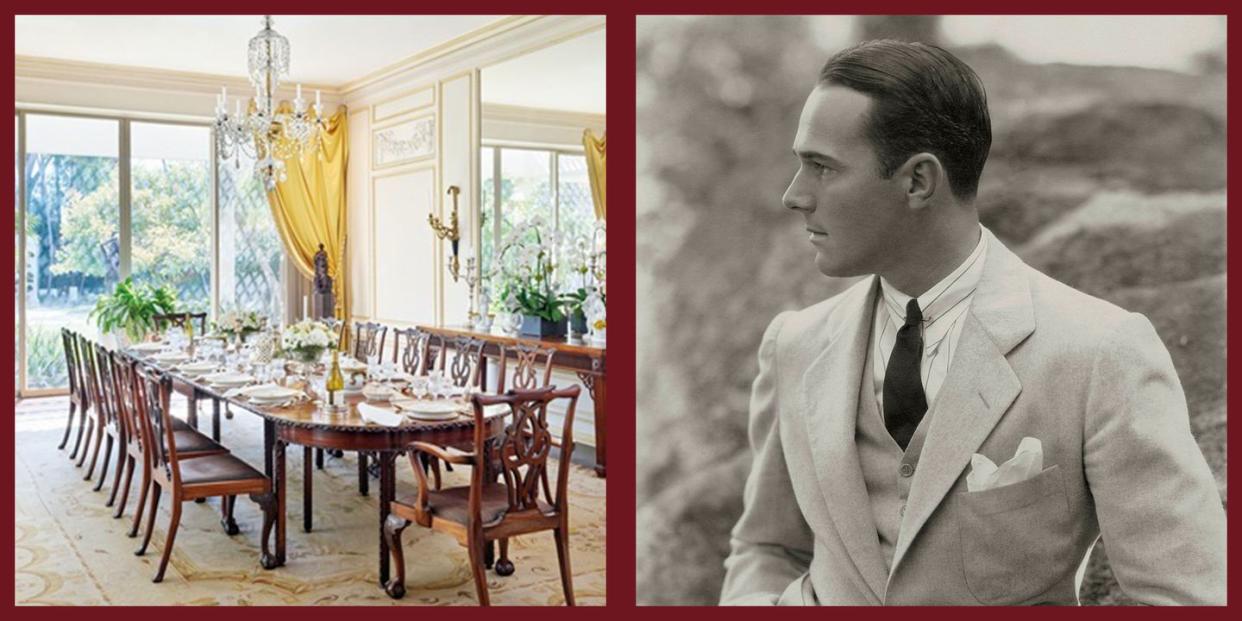
The one real tragedy of the Netflix series Hollywood is that so many of its winning storylines are fiction. Because of this, it would be easy to miss an offhand comment made by Henry Wilson (played by Jim Parsons) about Billy Haines, the famous actor who was told to break-up with his partner and refused, becoming an equally famous decorator instead.
But that tale is true.
William “Billy” Haines was one of the leading men in 1920s Hollywood, a silent film star talented enough to make the move to “talkies.” He lived with his partner, Jimmie Shields, and—unlike many of his gay contemporaries, who opted to marry women to perpetuate the illusion that they were heterosexual (such as Haines's friend and contemporary, Cary Grant)—was open about their relationship.
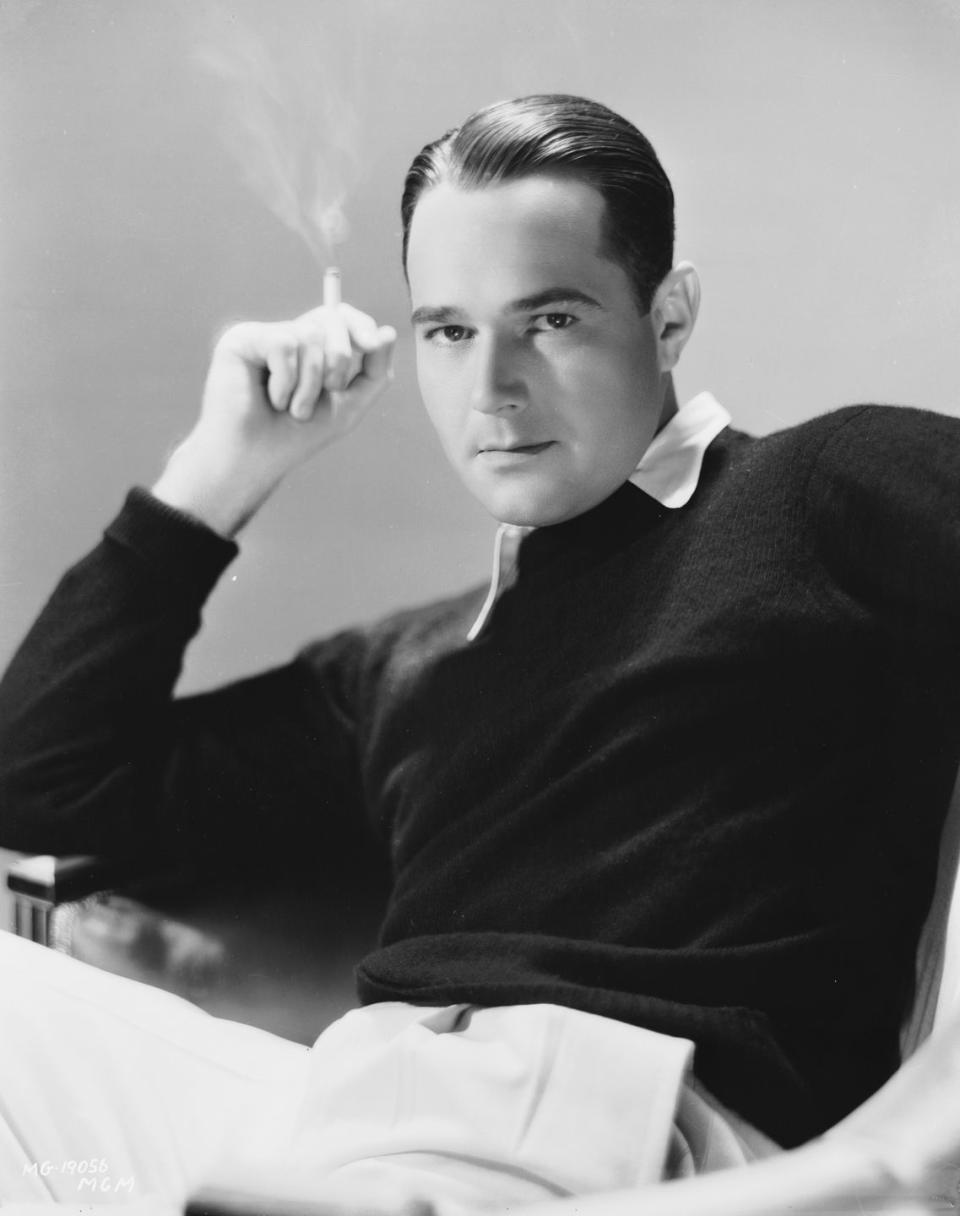
But then came the introduction of the Hays Production Code in 1930, a set of “moral” guidelines that actors were instructed to follow that prohibited "homosexual behavior." At the peak of his stardom, Haines was able to have the clause removed from his contract and continue acting. But when several of his movies didn’t perform well in the box office, there was mounting pressure to conform.
In 1933, the rumor goes, producer Louis B. Mayer of MGM summoned Haines into his office and demanded that he marry a woman. “I am married,” Haines responded, and walked out, ending his film career on the spot.
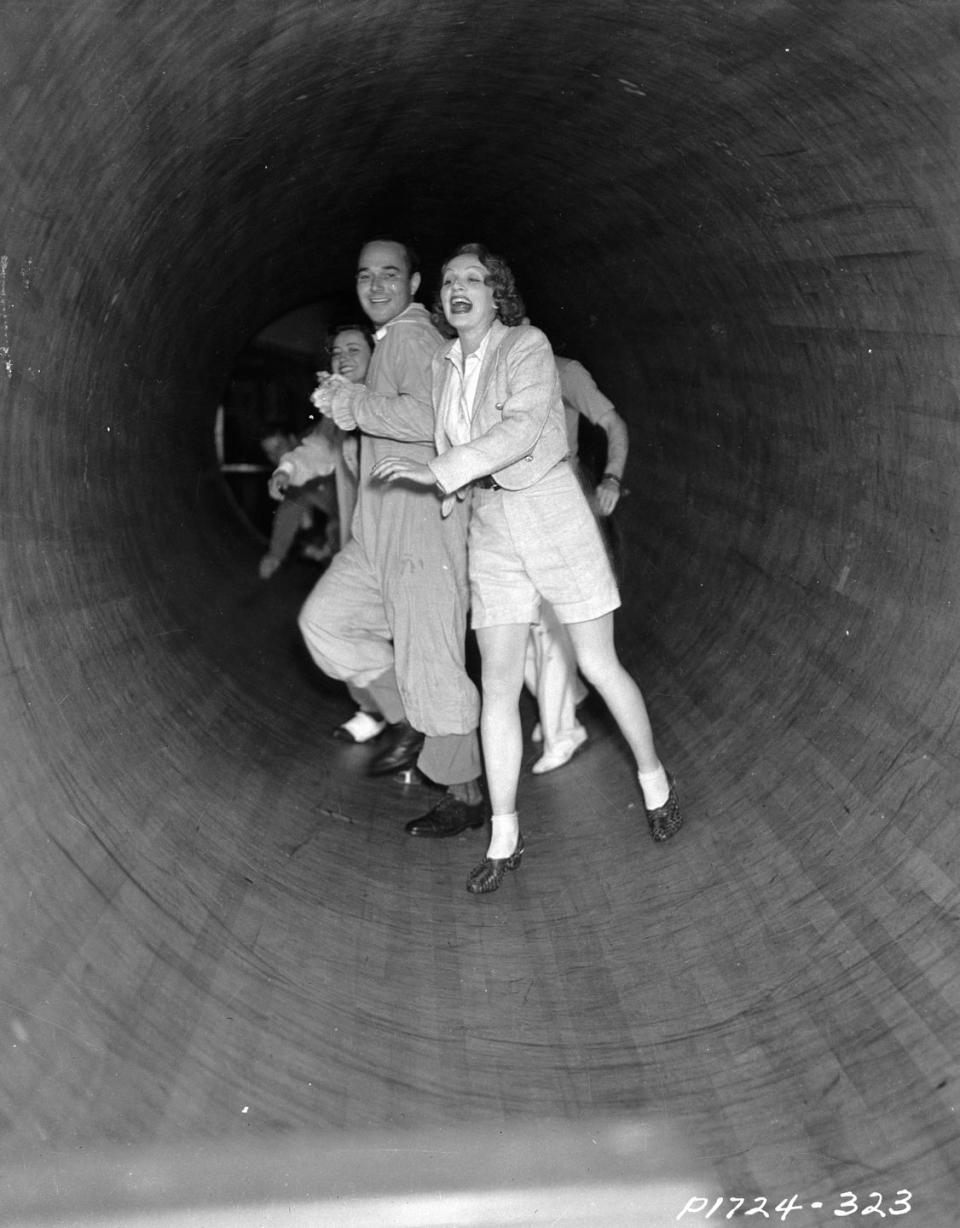
A few years before this incident, Haines had become part-owner of an antiques store on La Brea Avenue. He had an excellent eye and his home was a designer showcase. He was good friends with Joan Crawford and welcomed into the inner circle of William Randolph Hearst and Marion Davies, attending their famous parties in San Simeon.
Thanks to these connections, Haines became Hollywood’s most in-demand decorator. Crawford was one of his first clients, followed by Tallulah Bankhead, Jack Warner, Betsy Bloomingdale, and, as shown in the fictional Hollywood, director George Cukor.
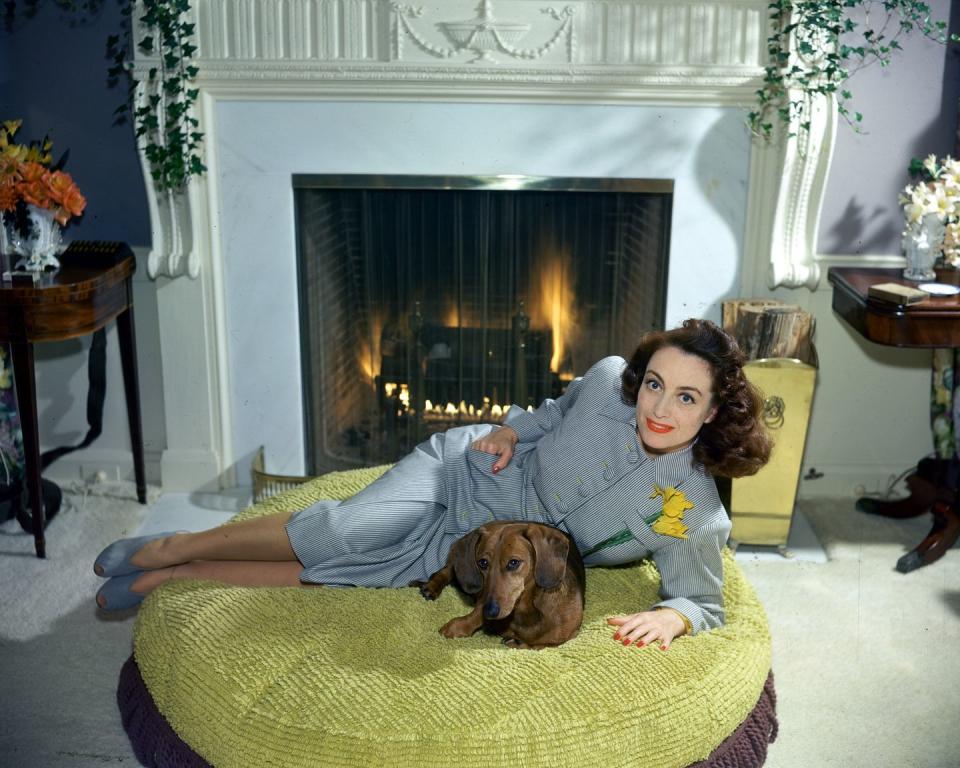
Beyond his distinguished clientele, Haines became synonymous with good taste in Hollywood. Gone were the dark, moody interiors, the leopard print rugs, the garish purchases made by rising stars suddenly flush with cash. In their places, Haines hung hand-painted wallpaper, refined low seating, chinoiserie, and English antiques; all harbingers of what we now call Hollywood Regency.
Cukor and other directors incorporated Haines’s aesthetic into their films, often literally: Haines’s personal art collection was hung on the walls of Tara in Gone with the Wind. Nancy and Ronald Reagan were also fans, and Haines decorated their home when Reagan became governor of California (after he retired, his protegé Ted Graber decorated the Reagan White House).
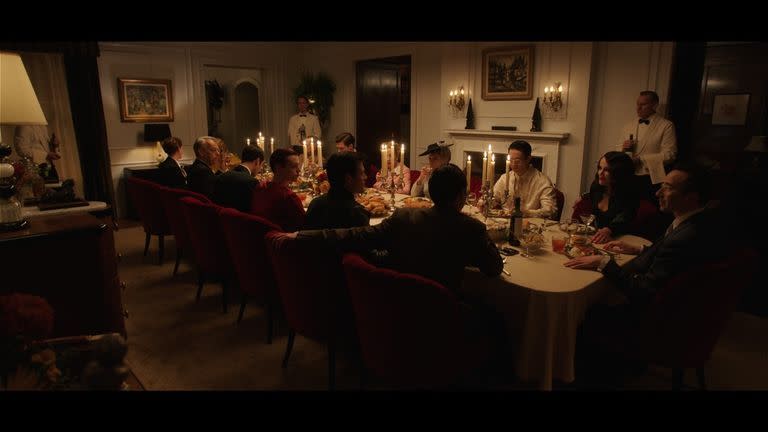
Life for Haines and Shields was not perfect by any means—in 1936 a mob of white supremacists beat the two men, and one can imagine that there were many other (if less violent) incidents. But Haines and Shields remained happily married for nearly 50 years, until Haines's death, and their antiques and decorating business thrived through their retirement in the 1970s.
It was, one might say, a story right out of Hollywood.
You Might Also Like

